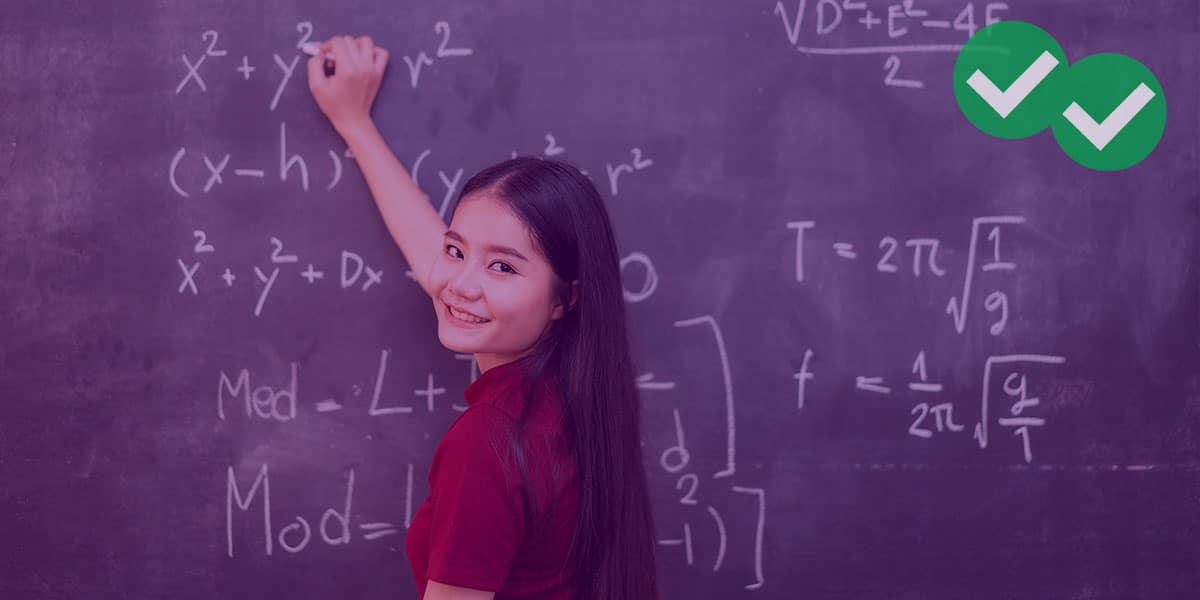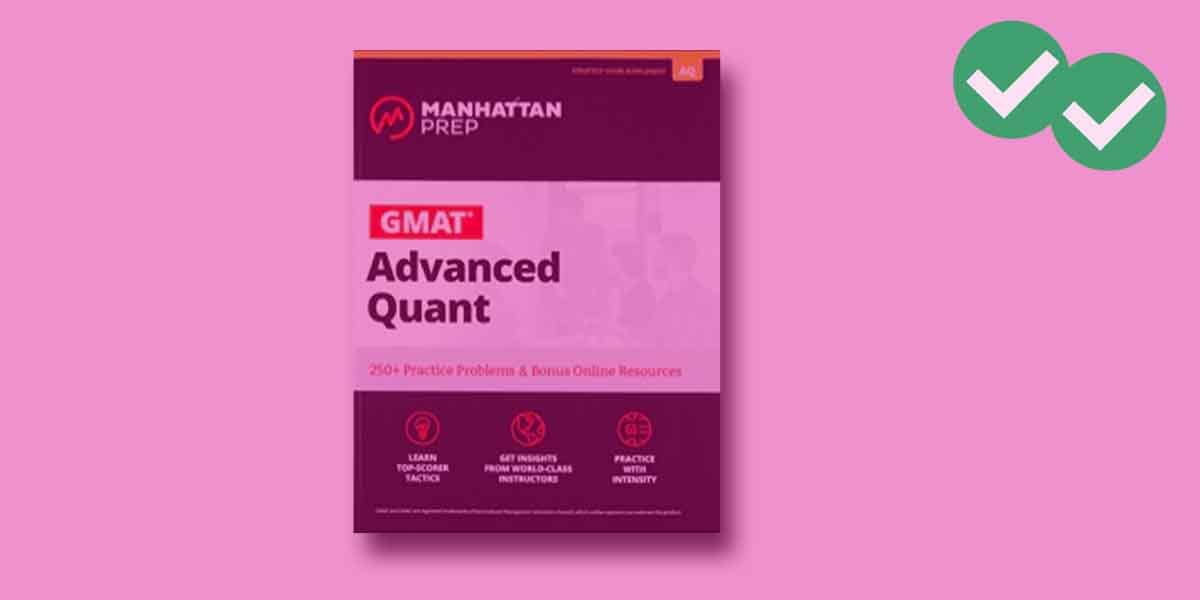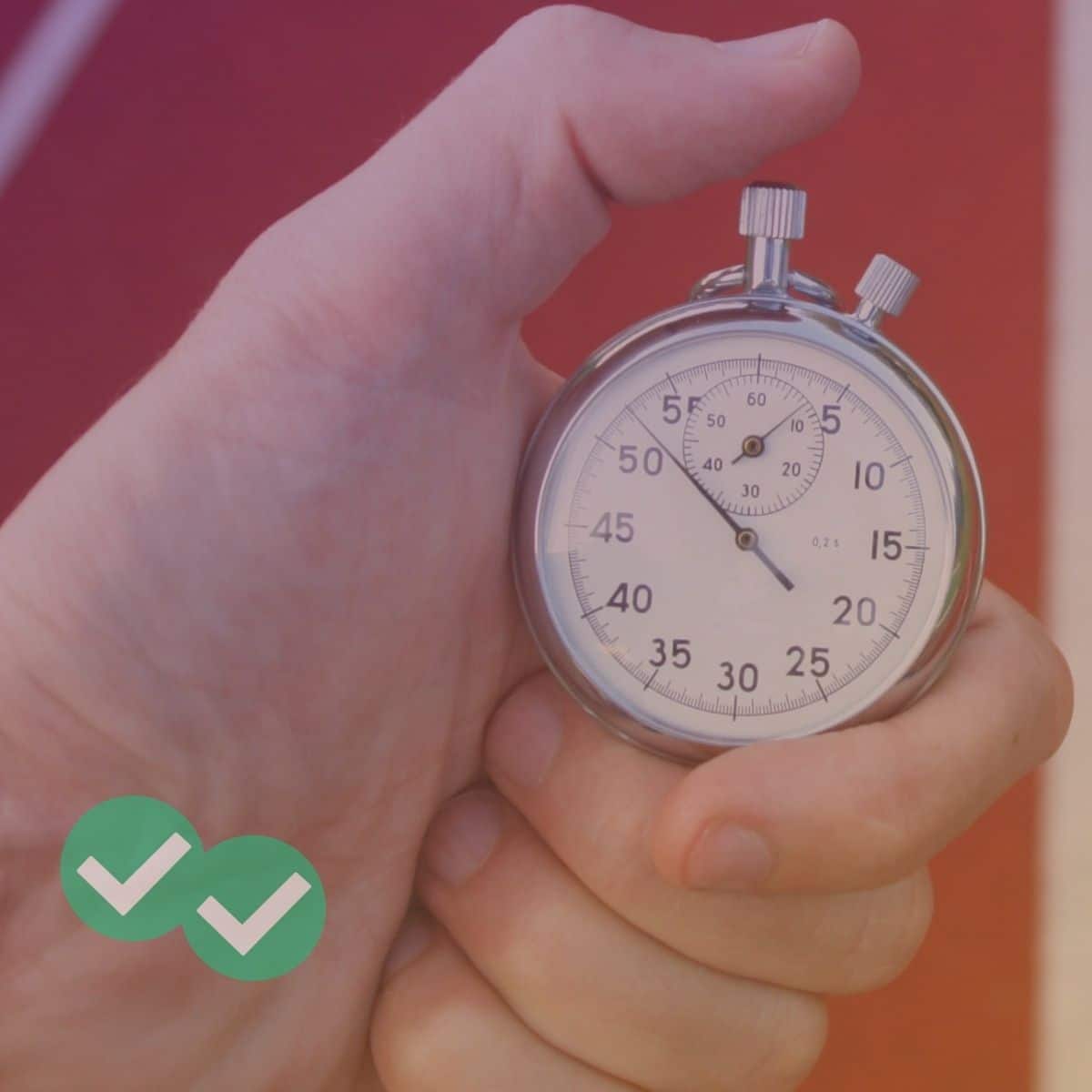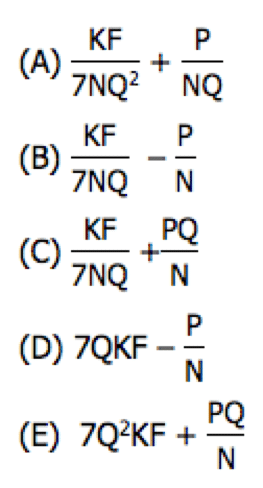
First, a couple 800+ practice questions (yes, you read that right – 800+) on which to whet your chops.
1) The units digit of  is:
is:
(A) 1
(B) 3
(C) 5
(D) 7
(E) 9
2) The units digit of  is:
is:
(A) 2
(B) 4
(C) 6
(D) 8
(E) 0
3) The units digit of  is:
is:
(A) 2
(B) 4
(C) 6
(D) 8
(E) 0
Admittedly, these problems are probably a notch harder than anything you are likely to see on the GMAT. If you understand these, you definitely will understand anything of this variety that the GMAT throws at you!
Not what it seems
All of those problems above involve numbers with hundreds of decimal places. No one can calculate those answers without a calculator: in fact, no calculator would be sufficient to do the calculation, because no calculator can accommodate that many digits. If one needed the exact answer, one could always use that most extraordinary web computing tool, Wolfram Alpha. Of course, one will not have access to the web or a calculator or anything other than one’s owns wits when confronting a question such as this on the GMAT. How do we proceed?
It turns out, what appears as a ridiculously hard calculation is actually quite easier. No part of the calculation we are going to do will involve anything beyond single-digit arithmetic!
Units digit arithmetic
The units digits of large numbers are special: they form a kind of elite and exclusive club. The big idea: only units digits affect units digits. What do I mean by that? Well, first of all, suppose you add or subtract two large numbers —- the units digit of the sum or the difference will depend only on the units digits of the two input numbers. For example, 3 + 5 = 8 —- this means that any number ending in 3 plus any number ending in 5 will be a number ending in 8. If you remember your “column addition” processes from grade school, this one might make intuitive sense.
The one that can be a little harder for folks to swallow is multiplication. If you multiply two large numbers, the unit digit of the product will have the same units digit as the product of the units digit of the two factors. That’s a mouthful! In other words, let’s take 3*7 = 21, so a units digit of a 3, times a unit digit of a 7, equals a units digit of a 1. That means, we could take any large number ending in 3, times any large number ending in 7, and the product absolutely will have to have a units digit of 1. If this is new idea to you, I strongly recommend: sit down with a calculator and multiply ridiculously large numbers together, with all combinations of units digits, until you are 100% satisfied that this pattern works.
Units digits and powers
This part will be a recap of an earlier post on powers of units digits. When we raise to a power, of course, that’s iterated multiplication, so we just follow the multiplication rule above. As it turns out, a simple pattern will always emerge.
Suppose we were considering powers of 253 — first of all, only the units digit, 3, matters, for the units digit of the powers. Any number ending in three will have the same sequence of units digits for the powers.
 = 3
= 3
 = 9
= 9
9*3 = 27, so  has a units digit of 7
has a units digit of 7
7*3 = 21, so  has a units digit of 1
has a units digit of 1
1*3 = 3, so  has a units digit of 3
has a units digit of 3
3*3 = 9, so  has a units digit of 9
has a units digit of 9
9*3 = 27, so  has a units digit of 7
has a units digit of 7
7*3 = 21, so  has a units digit of 1
has a units digit of 1
Notice a pattern has emerged — 3, 9, 7, 1, 3, 9, 7, 1, 3, 9, 7, 1, … It repeats like mathematical wallpaper. The pattern has a period of 4 — that is to say, it take four steps to repeat. This means, 3 to the power of any multiple of 4 has a units digit of 1:  ,
,  , and
, and  all have a units digit of one. If I want to find power that’s not a multiple of 4, that’ easy: I just go to the nearest multiple of 4 and follow the wallpaper from there. For example, if I wanted
all have a units digit of one. If I want to find power that’s not a multiple of 4, that’ easy: I just go to the nearest multiple of 4 and follow the wallpaper from there. For example, if I wanted  —–
—–
 has a units digit of 1
has a units digit of 1
 has a units digit of 3
has a units digit of 3
 has a units digit of 9
has a units digit of 9
As it happens,  is a number that has 213 digits, but the units digit must be a 9.
is a number that has 213 digits, but the units digit must be a 9.
The really expansive idea: everything I have just said about powers of 3 also applies to any larger number that happens to have a units digit of 3. Thus,
 has a units digit of 9
has a units digit of 9
That number has over a thousand digits (you don’t need to know how to figure that out!) but we know for sure that the units digit of this gargantuan number is 9.
Summary
If reading this article gave you any insights, you may want to give the questions above a second try. Here’s another problem, slightly easier and more GMAT-like, of this genre:
4) http://gmat.magoosh.com/questions/648
If there is anything you would like to say on this topic, or if you have any questions, please let me know in the comments section.
Finally, on a totally gratuitous note, here, in it’s the full thousand-plus-digit glory, is  , courtesy of Wolfram Alpha:
, courtesy of Wolfram Alpha:
 = 6190880832531899190821690500833264378796558621138440416684569816896956548548008694
= 6190880832531899190821690500833264378796558621138440416684569816896956548548008694
5501637120599244459832600741641042834529231770919235178215551804306285786976623543
72380800482154741117883167160446214356675850891464689434900627878445424968534812213
04515041521698298553935861735825956938171070649017829532068323699186643091574519875
641384511684642401730622089635116285314952964987090639595147866795944410916642166093
585848058327971863158257619930226042698661632905146850162960633520155118628867911625
239725418415604877699453370534194837316774432534349898272185517986005836675979188507
704257742239368667474408667895362250511057160490511029003928521905584001998500412272
300652930331121107733643816582958394189572596322595033481338694429893546070448926193
272806103607662243076062238492673013489615386273692928543218155895489937520257687664
947027647847750945509362588170852889875925160078794611182855714905968753089053225774
863189760920183769031795458368827168630624310066175033265292467587132663811805301906
7641362643313498166787213628751583911774745199740840719668395714479929
Notice, of course, that the units digit is 9.
Practice problem solutions
1) First of all, all we need is the last digit of the base, not 137, but just 7. Here’s the power sequence of the units of 7
 has a units digit of 7
has a units digit of 7
 has a units digit of 9 (e.g. 7*7 = 49)
has a units digit of 9 (e.g. 7*7 = 49)
 has a units digit of 3 (e.g. 7*9 = 63)
has a units digit of 3 (e.g. 7*9 = 63)
 has a units digit of 1 (e.g. 7*3 = 21)
has a units digit of 1 (e.g. 7*3 = 21)
 has a units digit of 7
has a units digit of 7
 has a units digit of 9
has a units digit of 9
 has a units digit of 3
has a units digit of 3
 has a units digit of 1
has a units digit of 1
etc.
The period is 4, so 7 to the power of any multiple of 4 has a units digit of 1
 has a units digit of 1
has a units digit of 1
 has a units digit of 7
has a units digit of 7
So the inner parenthesis is a number with a units digit of 7.
Now, for the outer exponent, we are following the same pattern — starting with a units digit of 7. The period is still 4.
 has a units digit of 1
has a units digit of 1
 has a units digit of 7
has a units digit of 7
 has a units digit of 9
has a units digit of 9
 has a units digit of 3
has a units digit of 3
So the unit digit of the final output is 3. Answer = B
BTW, this number is the great-granddaddy, the biggest number of all the big numbers mentioned in this post. The number  clocks in with over 1300 digits!
clocks in with over 1300 digits!
2) We have to figure out each piece separately, and then add them. The first piece is remarkably easy — any power of anything ending in 5 always has a units digit of 5. So the first term has a units digit of 5. Done.
The second term takes a little more work. We can ignore the tens digit, and just treat this base as 3. Here is the units digit patter for the powers of 3.
 has a units digit of 3
has a units digit of 3
 has a units digit of 9
has a units digit of 9
 has a units digit of 7 (e.g. 3*9 = 27)
has a units digit of 7 (e.g. 3*9 = 27)
 has a units digit of 1 (e.g. 3*7 = 21)
has a units digit of 1 (e.g. 3*7 = 21)
 has a units digit of 3
has a units digit of 3
 has a units digit of 9
has a units digit of 9
 has a units digit of 7
has a units digit of 7
 has a units digit of 1
has a units digit of 1
The period is 4. This means, 3 to the power of any multiple of 4 will have a units digit of 1.
 has a units digit of 1
has a units digit of 1
 has a units digit of 3
has a units digit of 3
 has a units digit of 9
has a units digit of 9
Therefore, the second term has a units digit of 9.
Of course 5 + 9 = 14, so something with a units digit of 5 plus something with a units digit of 9 will have a units digit of 4. Answer = B
3) We have to figure out each piece separately, and then multiply them. The powers of 4 are particularly easy.
 has a units digit of 4
has a units digit of 4
 has a units digit of 6 (e.g. 4*4 = 16)
has a units digit of 6 (e.g. 4*4 = 16)
 has a units digit of 4 (e.g. 4*6 = 24)
has a units digit of 4 (e.g. 4*6 = 24)
 has a units digit of 6
has a units digit of 6
 has a units digit of 4
has a units digit of 4
 has a units digit of 6
has a units digit of 6
Four to any odd power will have a units digit of 4. Thus, any number with a units digit of four, raised to an odd power, will also have a units digit of 4. The first factor,  , has a units digit of 4.
, has a units digit of 4.
Now, the base in the second factor ends in a 3 (we can ignore the tens digit). Here is the pattern for powers of three.
 has a units digit of 3
has a units digit of 3
 has a units digit of 9
has a units digit of 9
 has a units digit of 7 (e.g. 3*9 = 27)
has a units digit of 7 (e.g. 3*9 = 27)
 has a units digit of 1 (e.g. 3*7 = 21)
has a units digit of 1 (e.g. 3*7 = 21)
 has a units digit of 3
has a units digit of 3
 has a units digit of 9
has a units digit of 9
 has a units digit of 7
has a units digit of 7
 has a units digit of 1
has a units digit of 1
The period is 4. This means, 3 to the power of any multiple of 4 will have a units digit of 1.
 has a units digit of 1
has a units digit of 1
 has a units digit of 3
has a units digit of 3
Thus, any number with a units digit of 7, when raised to the power of 37, will have a units digit of 3. The second factor,  , has a units digit of 3.
, has a units digit of 3.
Of course, 4*3 = 12, so any number with a units digit of 4 times any number with a units digit of 3 will yield a product with a units digit of 2.
Answer = A






Leave a Reply